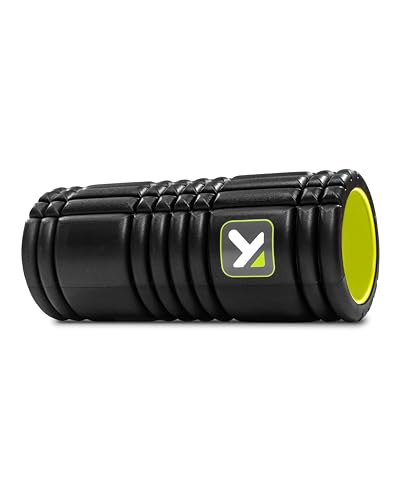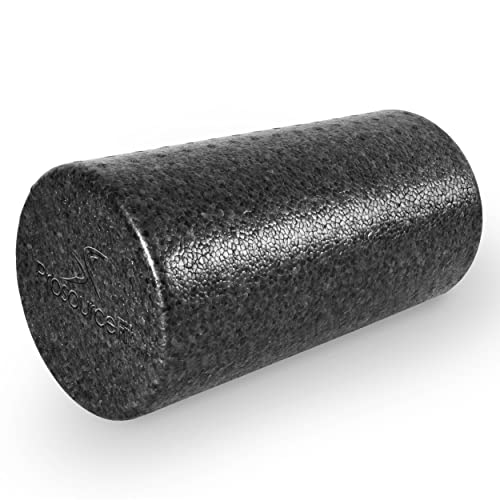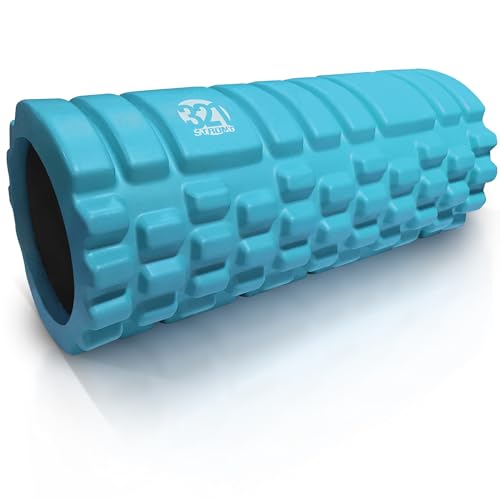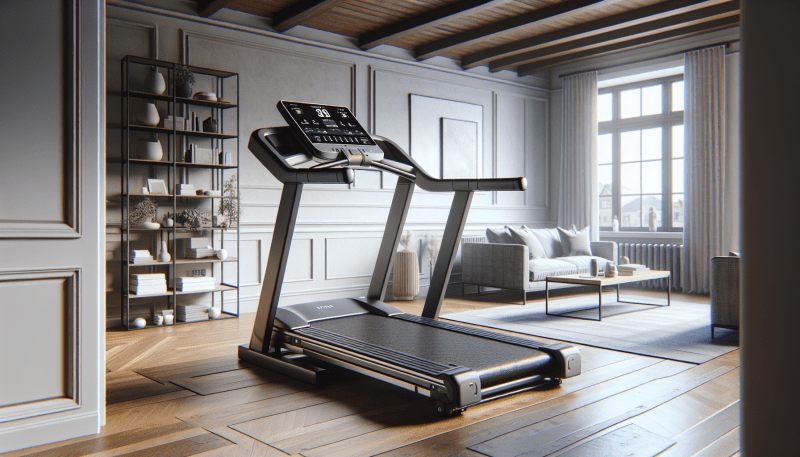Introduction
Intense chest workouts, whether you're bench pressing, performing dumbbell flyes, or doing push-ups, can leave your chest muscles feeling sore and tight. Recovery is crucial for muscle growth, and while rest, hydration, and proper nutrition are essential, one often overlooked technique to accelerate recovery is foam rolling. In this article, we will explore how foam rolling can enhance chest muscle recovery post-workout, the benefits it offers, and how to incorporate it into your fitness routine for maximum results.
What is Foam Rolling?
Foam rolling, also known as self-myofascial release (SMR), is a technique that involves using a foam roller to apply pressure to specific areas of the body. The goal is to release tightness in the fascia (the connective tissue surrounding muscles), alleviate muscle knots, and improve flexibility and blood flow. While foam rolling is commonly associated with legs and back muscles, it can be just as effective for targeting chest muscles, helping to alleviate soreness and speed up recovery after a chest workout.
How Foam Rolling Benefits Chest Muscle Recovery
Foam rolling offers several benefits that are particularly useful for chest muscle recovery:
- Relieves Muscle Tightness
After a chest workout, the muscles may feel tight, especially if you’ve pushed yourself hard. Foam rolling helps release built-up tension in the chest muscles, promoting relaxation and easing discomfort. It can be particularly beneficial for individuals who experience tightness in the upper chest area after heavy lifting. - Improves Blood Flow and Circulation
Foam rolling increases blood flow to the targeted areas, which helps deliver nutrients and oxygen to the muscles. This enhanced circulation supports faster recovery by helping remove metabolic waste products (like lactic acid) from the muscles and delivering fresh nutrients for repair. - Reduces Muscle Soreness (DOMS)
Delayed Onset Muscle Soreness (DOMS) is a common side effect of intense resistance training. Foam rolling after a workout can help reduce the intensity of DOMS by promoting muscle relaxation and improving the movement of blood and lymphatic fluid. This can make the recovery process feel quicker and less painful. - Improves Flexibility and Range of Motion
Foam rolling can also improve your flexibility and range of motion by breaking up adhesions in the fascia. This can enhance your overall workout performance by allowing you to move more freely, particularly during chest exercises like push-ups, bench presses, and dumbbell presses. - Speeds Up Recovery Time
By aiding in muscle repair and increasing flexibility, foam rolling can speed up the overall recovery process. This allows you to train harder and more frequently, as your muscles will be better prepared for the next workout.
How to Foam Roll Your Chest Muscles
While foam rolling the chest may seem tricky, it’s relatively simple with the right technique. Here's a step-by-step guide on how to foam roll your chest effectively:
- Start with a Gentle Roll
Begin by placing the foam roller on the floor and lying face down. Position the foam roller horizontally across your chest, just below your collarbones. - Target the Upper Chest
Gently press your upper chest (clavicular portion of the pectoralis major) against the foam roller. Slowly roll the foam roller up and down your chest, focusing on areas that feel tight or sore. Avoid applying too much pressure initially, and gradually increase as you feel comfortable. - Move to the Sternum
Next, roll down to the center of your chest, near your sternum. This area can often become tight, especially if you’ve been performing pressing movements like bench presses or dumbbell presses. Keep your movements slow and controlled, ensuring you don’t roll too aggressively on your sternum or ribs. - Work the Pec Minor (Lower Chest)
You can also target the lower chest by leaning slightly to one side and using the foam roller to roll over the pectoralis minor (the smaller muscle underneath the larger pectoralis major). This muscle can get tight, especially after pushing movements like chest flyes or incline presses. - Use Dynamic Movements for Deeper Relief
To increase the effectiveness of the foam rolling, you can incorporate dynamic movements. For example, as you roll, move your arm in and out of a chest stretch position to increase the stretch on the muscles and fascia. This helps to work deeper into the muscle tissue and further enhance the recovery process.
When to Foam Roll for Optimal Chest Recovery
While foam rolling can be beneficial at any point in the day, the best time to foam roll for muscle recovery is immediately after your workout. This is when your chest muscles are still warm from exercise, and foam rolling can help release any tightness or knots before they settle in.
Pre-Workout Foam Rolling:
Some people also use foam rolling as part of their warm-up routine to improve flexibility and activate muscles before a chest workout. This can help improve your range of motion and reduce the risk of injury during chest exercises.
How Often Should You Foam Roll?
For chest recovery, it’s typically recommended to foam roll 1-2 times per day for 5-10 minutes each session. You can foam roll after every chest workout or as needed when you feel tightness building up. Just be sure not to overdo it, as excessive pressure or frequent foam rolling can cause irritation.
Additional Tips for Enhancing Chest Recovery
While foam rolling is highly effective for chest recovery, combining it with other recovery strategies can yield even better results:
- Stretching: Incorporate chest stretches post-workout to further increase flexibility and range of motion.
- Nutrition: Ensure you're getting enough protein (such as whey protein) to support muscle repair and growth.
- Rest and Sleep: Allow your muscles ample time to recover by getting sufficient sleep and incorporating rest days into your routine.
Conclusion







